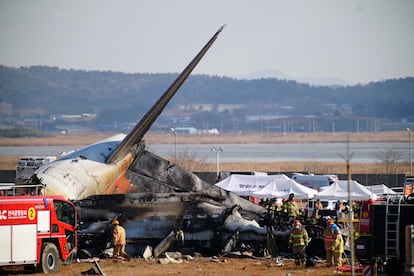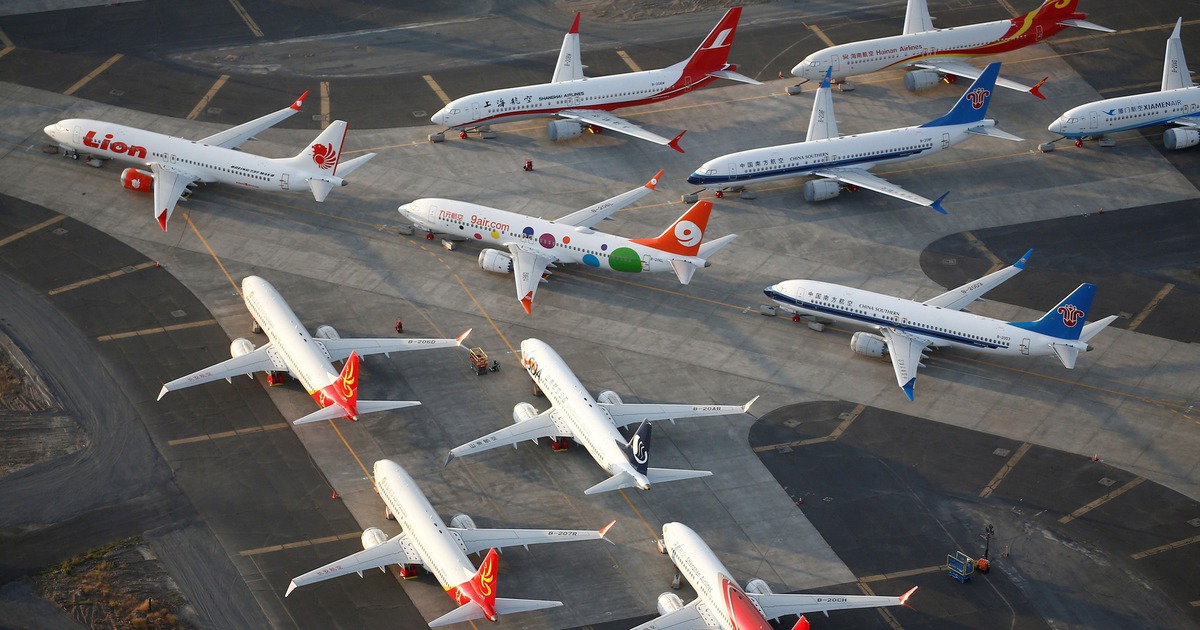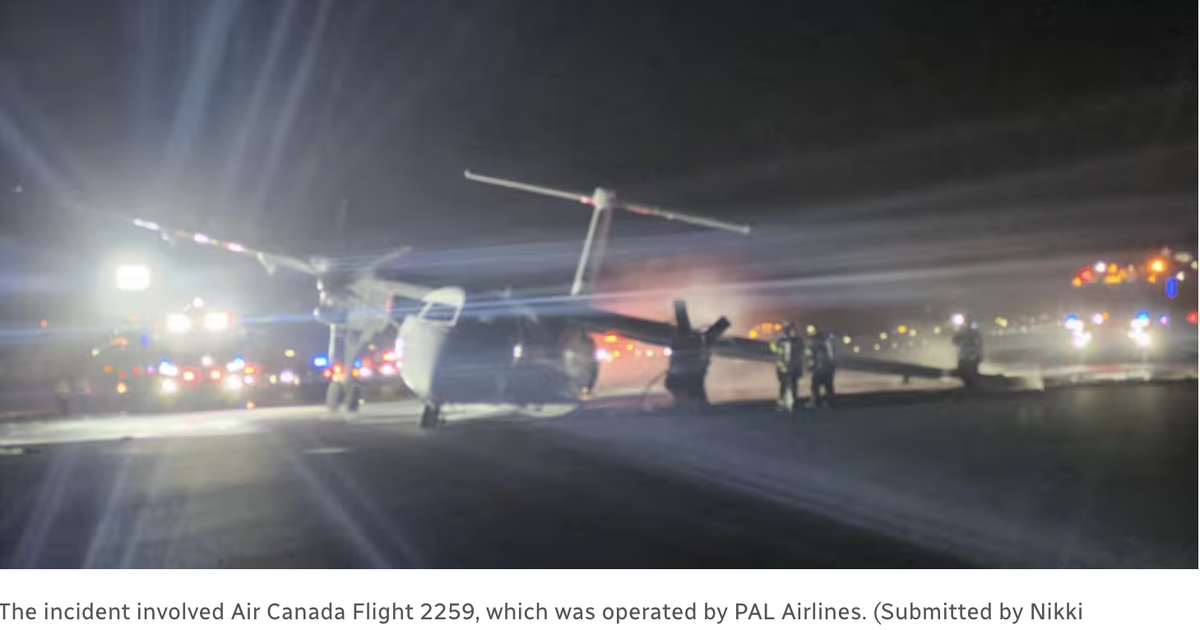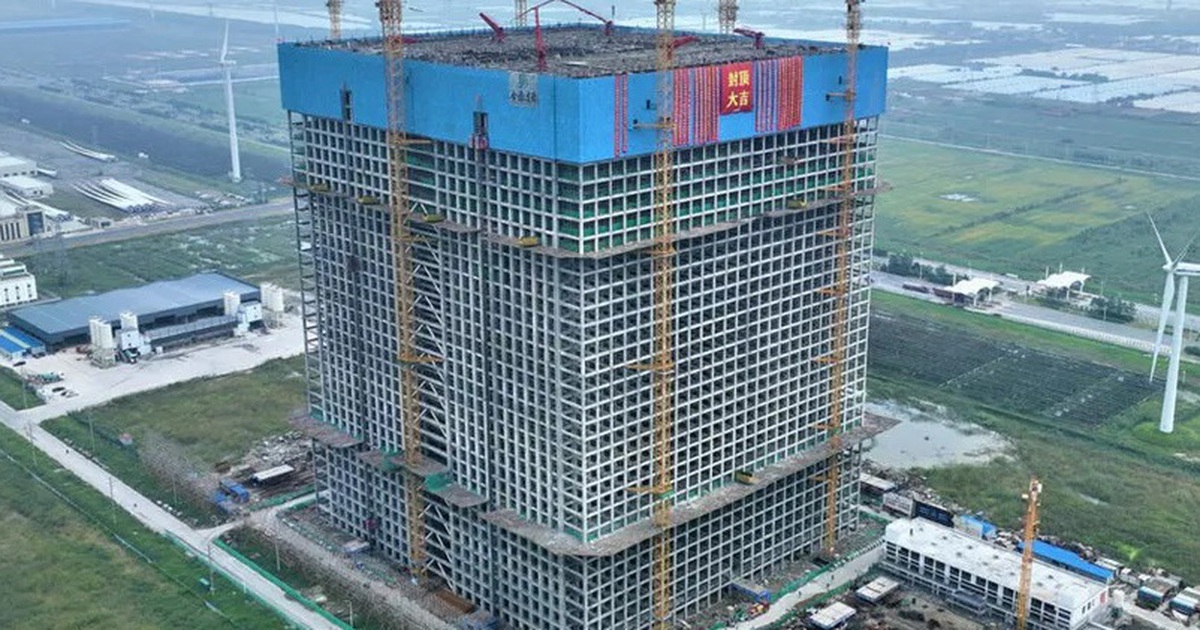A passenger plane with 181 people on board burst into flames this Sunday in South Korea, after, during an emergency landing, it skidded off the runway and collided with a wall at the Muan international airport, in the province of South Jeolla, located about 288 kilometers southwest of Seoul. Firefighters have already confirmed 176 deaths and have rescued two people alive, but there is little hope of finding more survivors in the worst air tragedy to occur in the country. There are also three missing. South Korean authorities believe that it was a failure in the landing gear that caused the accident, apparently caused by a strike with a bird.
Two women – both members of the crew – were rescued alive shortly after the accident and taken to two area hospitals, while emergency teams continue to search for survivors. The lives of the two evacuees are out of danger. Lee Jeong-hyeon, a fire department official in charge of the operation, was skeptical that more people could be found alive given the poor condition of the plane. “After the plane hit the wall, the passengers were ejected. The chances of survival are extremely low,” Lee stated. “The aircraft has been practically completely destroyed and it is difficult to identify the deceased. “We are in the process of recovering the remains, but it will take some time,” he added.
The accident occurred at 9:03 in the morning (1:03 in the morning in Spanish peninsular time) when the low-cost airline Jeju Air plane, which was transporting 181 people – 175 passengers and six crew members – on a flight from Bangkok, the capital of Thailand, was landing at the South Korean airport. The airport control tower had warned shortly before, at 8:57, of the impact of a bird with the plane, as revealed at a press conference by a spokesperson for the Ministry of Land, Infrastructure and Transport. The pilot called for help at 8:58 and attempted to land at 9:00, but crashed three minutes later while touching the runway without having deployed the landing gear.
“While trying to land on runway number one, the control tower issued a warning due to the bird strike and the pilot declared may Day[señal internacional de socorro de aviación] shortly after,” the Ministry detailed. The pilot, who had received permission to try to make a forced landing in the opposite direction to the runway, did not succeed as he was unable to reduce his speed. The device thus reached the end of the runway, where it collided with the concrete structures that delimit the perimeter of the airport, according to the authorities. Most of the people on board were South Korean nationals, but the Thai foreign minister has reported that at least two of the occupants were Thai.
Airport sources cited by the Yonhap agency explained that the plane should have landed at 8:30 a.m. (local time), but had to abort a first attempt to land due to problems with the landing gear, apparently caused by the impact with a bird. According to the South Korean Ministry of Transportation, the control tower had sent the plane a warning about possible bird strikes shortly before the accident. Authorities have already launched an investigation at the scene to determine the exact cause.
40 minutes of fire
A video shows the twin-engine plane, a Boeing 737-800, sliding down the runway with the fuselage in direct contact with the asphalt, without being able to remove the landing gear. In another you can see how the aircraft skidded until it crashed into a concrete wall, causing it to explode and become engulfed in flames. In other photos you can see smoke and fire enveloping parts of the device, as well as a lot of debris. According to local media, the fire lasted 40 minutes until firefighters were able to control it.
Witnesses to the accident told the South Korean press that they had seen flames in the plane’s engine and heard multiple explosions before the accident. “I saw the plane descending and thought it was about to land, but there was a flash of light. Then there was a loud roar and I saw a lot of smoke; Then I heard a series of explosions,” the Yonhap agency quotes. Another witness remembers hearing “the sound of metallic scraping” twice, about five minutes before the accident.

It is the largest air tragedy that has ever occurred on South Korean soil. Until now, the deadliest had been the one that took place in 2002, in which 129 people died and 37 were injured after an Air China Boeing 767-200 crashed into a hill near the port city of Busan (southeast). ). This Sunday is the first fatal accident for Jeju Air, the largest low-cost airline in South Korea, founded in 2005. However, the deadliest for a South Korean airline was in 1997, when a Korean Air plane It crashed in Guam—in the Mariana Islands archipelago, an unincorporated territory of the United States—and 200 people died.
The interim South Korean president, Choi Sang-mok, who took office last Friday in the midst of the political and institutional crisis that the country is experiencing, has moved to the accident site. Shortly after the news became known, he asked to “allocate all available resources” and direct all necessary efforts to rescue efforts “to save even one more life,” his office announced. “We will thoroughly investigate the cause of the accident and design preventive measures to prevent similar ones from occurring in the future,” said the acting president.

The South Korean airline Jeju Air has published a statement on its website apologizing for the accident. “We bow our heads in apology to everyone who has suffered with the accident. “We will do everything possible to resolve the situation,” it reads. The executive director, Kim E-bae, has personally extended his condolences to the families of the deceased and has assured that “regardless of the cause [del accidente]I will take full responsibility as CEO.” For its part, the Boeing company has said it is in contact with the airline and has also offered its condolences to the families of the victims.







